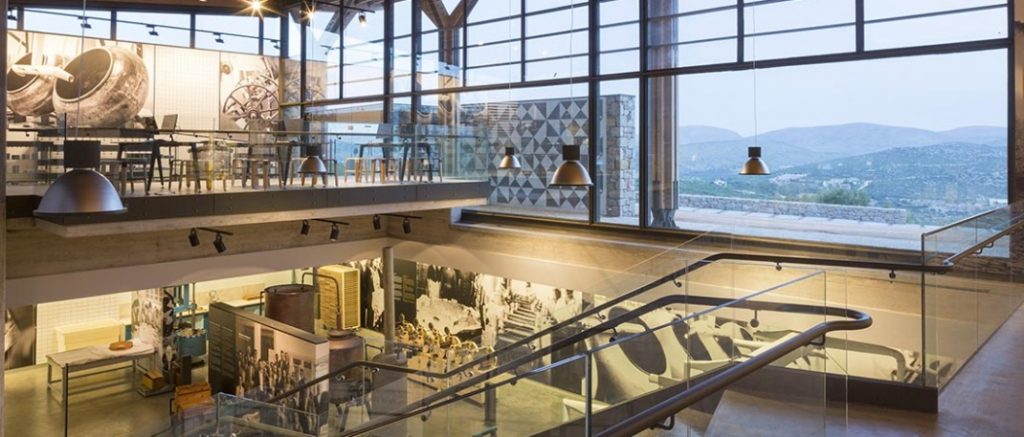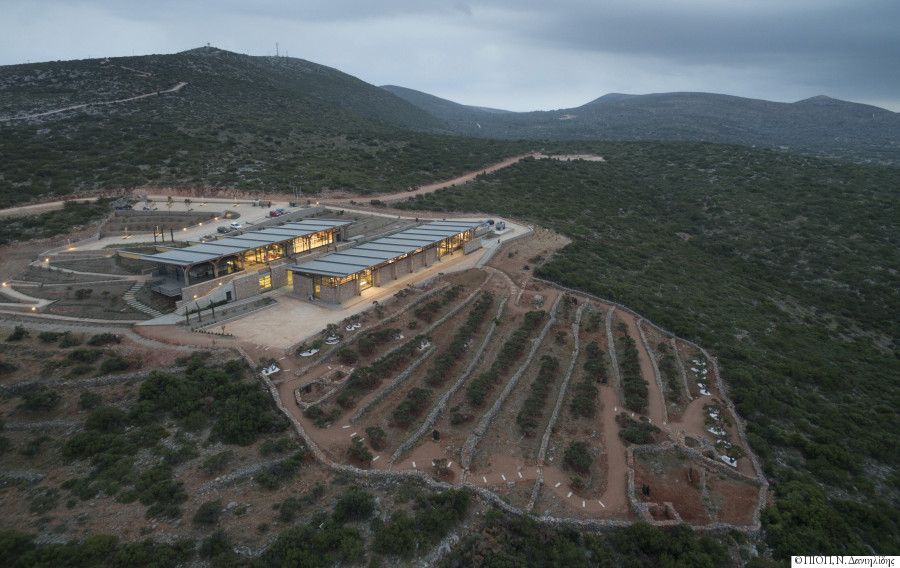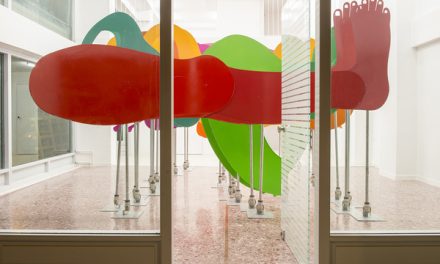In the East Aegean Sea, somewhere at a crossroads between East and West, on the island of Chios, mastic (Chios Mastiha) has been cultivated since antiquity. Connected to traditions, historical events and cultural exchanges, this brand product remains unaffected to the present, sculpted with the culture of the Eastern Mediterranean and potent as ever, thanks to its unique, scientifically proven beneficial and therapeutic properties.
The Museum
On June 11, the new Chios Mastic Museum was inaugurated on the island. Located in southern Chios, in the area known as Mastihohoria (meaning mastiha villages), the museum aims to offer insight into mastic and its production. “Our homeland, in these trying times, is in need of people who have strength and ideas. The Chios Mastic Museum initiative is an important contribution not only to our cultural heritage but also to regional development,” noted Greek President Prokopis Pavlopoulos in his speech at the opening.
The mastic of Chios, its harvest and its secrets take centre stage in the museum. The exhibition is divided into several categories. At the entrance of the museum, visitors are informed about pistacia mastic and resin, which in 2015 was recognized as a natural medicine. In the first section, information is given about traditional know-how of mastic cultivation; in the second section, about how mastic has shaped agriculture and habitation in southern Chios and Mastihohoria throughout the years; in the third section, about the cooperative management and processing of mastic in later years, which marks an important chapter on the island’s production history. The museum experience continues with an outdoor exhibition, where visitors can see and touch the plant in the environment in which it grows.

Chios Mastiha
Granted Protected Designation of Origin (PDO) status and placed by UNESCO on its Lists of Intangible Cultural Heritage, Chios mastiha is a natural, aromatic resin in teardrop shape that falls in drops from superficial scratches induced by cultivators on the tree’s trunk and main branches with sharp tools.
The cultivation of the mastic has been known since ancient times and it is strongly tied to the island’s history. The importance of this unique product made the island repeatedly in the past a target for various conquerors. While Chios was under Genoese and Turkish control, special privileges and certain freedoms were given to the villages in the region where the mastic tree grows.
Nowadays, mastic production and trade constitutes the main pillar of the local economy. The Chios Gum Mastic Growers Association is the exclusive manufacturer and distributor of natural Chios mastic, both in Greece and abroad.

Mastihohoria
While there are lentisks all over the island, mastiha is only produced in the southern part of Chios, in the so-called Mastihohora or mastiha villages, where the climate is especially warm and dry. Its uniqueness is probably due, besides the longtime tradition, to certain soil and weather conditions which favour the mastic tree’s cultivation only in Chios and only in this specific part of the isle.
Built in the Middle Ages, these villages display exquisite architecture with unique decorative elements, such as the ksistá – geometric designs scratched on plaster with a technique that is unparalleled in the world – on the facades of the houses in Pyrgi, the biggest of the villages. These villages were invisible from sea and their layout was fortress-like for the protection of villagers from marauders that scourged the Aegean back in Medieval times.

The unique experience of the harvest
The mastic harvest is a complicated, laborious process that involves cleaning and soil leveling so that any mastiha drops that may fall on the ground can be easily gathered. The trunk is cut in specific places and the resin starts to flow. In two weeks time it is ready to be collected. The harvest starts in mid August and lasts about a month. The mastic is then washed and thoroughly cleaned, piece by piece.
The mastic tree cultivation and harvest is part of Chios Agritourism. Specialized companies and local association offer visitors the chance to experience various stages of the mastic cultivation.
Uses and Therapeutic Properties
Mastic is used as gum, aroma and flavour in the making of pastry as well as in the production of the famous mastic liqueur. Mastic oil is also used in furniture and the musical instruments industry. It is also used in the production of surgical threads, as well as in dentistry, cosmetics, distilleries etc.
Meanwhile, scientific evidence has confirmed its beneficial action against disorders of the peptic system, its contribution to oral hygiene, its significant antimicrobial and anti-inflammatory action, as well as the fact that it constitutes a natural antioxidant agent. In addition to that, Chios mastiha contributes to wound healing and skin regeneration.
TAGS: FESTIVALS | FOOD & DRINK | PRODUCTS













